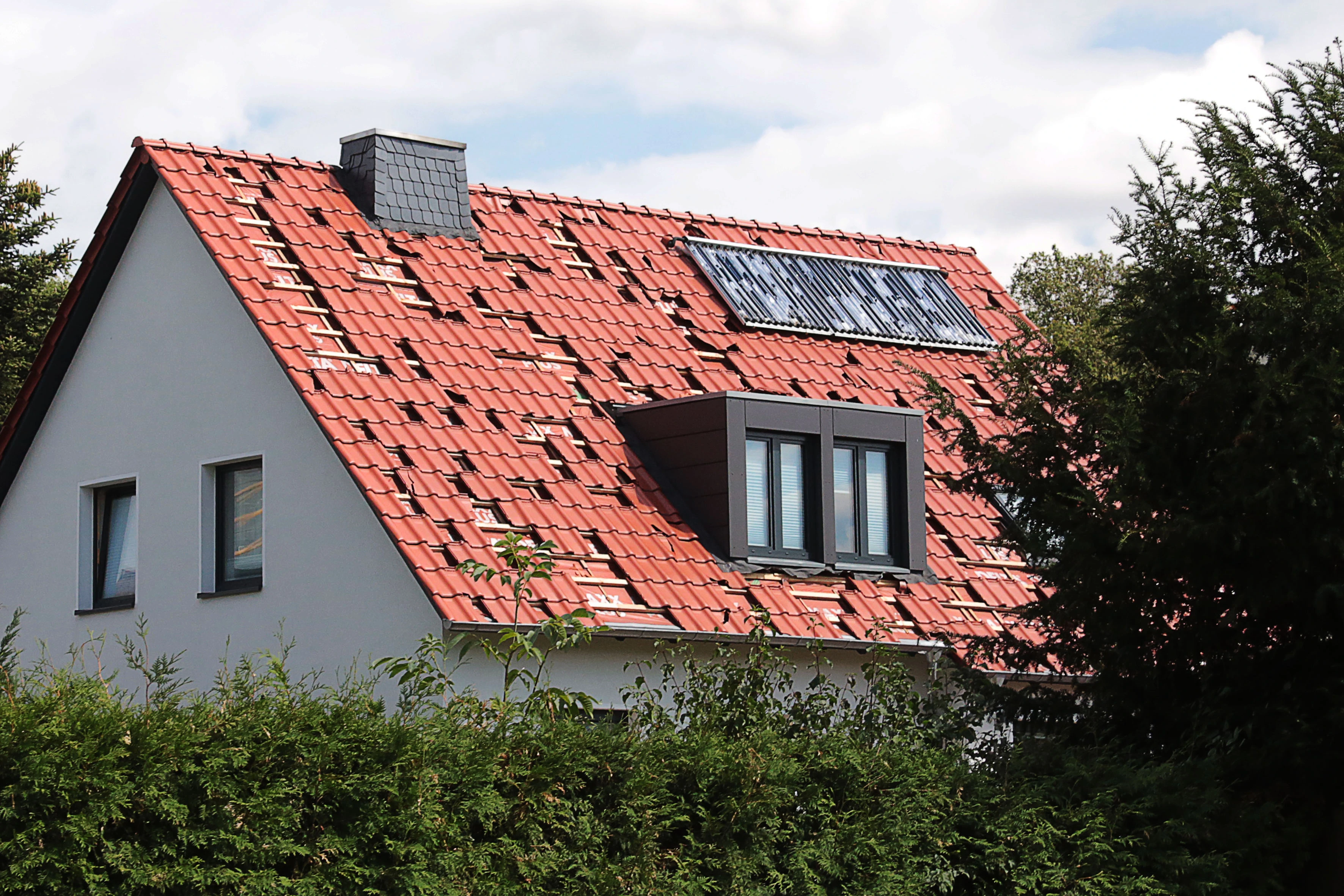As the climate has warmed, there’s been an increase in the ingredients that make up hail storms: more instability in the atmosphere and stronger updrafts. The altitude in the atmosphere where water freezes has also been rising because of the warmer weather. This means that small hailstones often melt before they hit the ground. The upshot, said Gensini, is the hail that hits will be bigger and storms that produce small stones will be less frequent, thanks to climate change.
Yet even if warming’s effect on hail globally is still emerging, there are clear climate signals in specific places, namely Europe, according to Ian Giammanco, lead research meteorologist and managing director of standards and analytics at the Insurance Institute for Business & Home Safety (IBHS), an industry-funded research group. “The hail across northern Italy, France and that sort of belt is increasing at an anomalously high rate,” he said.
It’s interesting that they don’t talk about seeding the clouds at all.
Where I live they (the insurance companies pay for it) seed the clouds with silver iodide to create more nucleation points for the hail. This will increase the amount of hail, but decreases to total possible size.
Probably because if you do that, you’re on the hook for damage to properties your company didn’t underwrite policies for.
Works here, I think all the insurance agencies pay into the program.
But what would you sue them for? The storm was happening and it also doesn’t always work, it mitigates their potential payouts for claims that are already going to happen.
Think golf ball sized instead of baseball, stuff is still getting damaged.
It is unclear if seeding actually has a large enough impact on hail formation.
Insurance companies aren’t known to just spend money for no reason, it’s adding nucleation points, with less nucleation points the hail can build up larger before it break out of the storm cloud.
Sure they can’t prove it’s doing anything, but more nucleation points can’t make things worse and they know more nucleation points mean smaller potential hail.
It’s usually politics at play or environmentalists screaming about chemicals in the clouds that are the hurdles for something like this.
One of the biggest problems in research is that there is no control: We don’t know what would have happend without the seeding. So we can only compare random storms that are seeded and not. Here the differences are very small (i.e. statistically insignificant). But that doesn’t mean it has no effect.
Also I think we should be careful when using such things at large scale, as we just don’t know the outcome. In small quantities it is however no hazard at all.
…and that is why I no longer mount any solar panels horizontally. Not a chance in hell of withstanding that, and one of such storms hit within 150 kilometers last year. Within 30 years, I bet I’ll experience this effect.
Meanwhile, vertical panels can be up-armored (e.g. wooden beam running on top) to withstand such events.
A lot of utility-scale installations have one-axis rotation, which means they can be tilted to vertical as a storm approaches.
Just in time to catch the high winds!
True, but toppling over can leave them intact. One of my foolish neigbours didn’t anchor his panel carriers properly and thought a thick fir hedge would protect them enough. A storm from unexpected direction threw four panel carriers (9 panels each) face down and severed the cables, so everything had to be disconnected and there was a safety risk (but not during night). I helped with the recovery work and not a single panel was broken.
Ooh, mount some turbines on them as well!
They should be worried about hot hail instead.
Oh. I know Ian.



